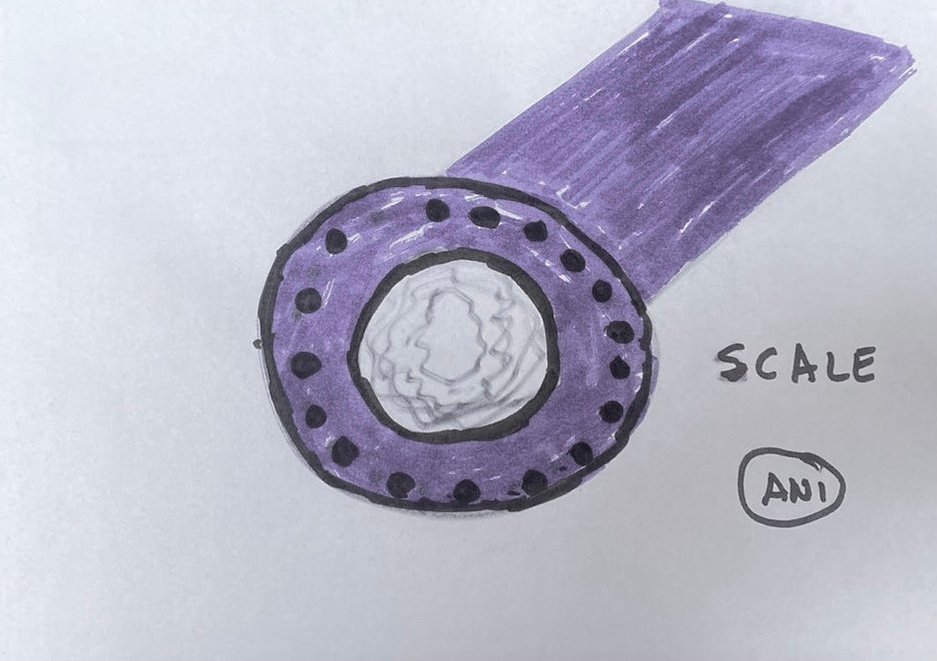How long a scale inhibitor is used to clean a well? The duration for which a scale inhibitor is used to clean a well depends on the method of application, the type of scale inhibitor, and the specific conditions of the well, such as the type and severity of scale buildup, water chemistry, and operational requirements.

Below is an overview based on common practices in oilfield scale inhibition:
1. Squeeze Treatment Duration
- Process: In oil and gas wells, scale inhibitors are often applied via a “squeeze treatment,” where the inhibitor is injected into the formation, adsorbed or precipitated onto the reservoir rock, and then slowly released into the produced fluids to prevent scale formation. The process typically includes:
- Preflush: A cleaning solution (e.g., surfactants, acids, or biocides) is injected to prepare the wellbore, lasting a few hours.
- Main Inhibitor Injection: The scale inhibitor (0.5%–20% concentration) is injected, typically taking a few hours to a day, depending on the volume and well conditions.
- Overflush: A brine or fluid is injected to push the inhibitor deeper into the formation, which may take additional hours.
- Shut-in Period: The well is shut in for 6–24 hours to allow the inhibitor to adsorb onto the rock surface.
- Release Duration: After the squeeze, the inhibitor is released slowly over time, providing scale protection for months to years (typically 6 months to 2 years), depending on:
- The inhibitor’s retention and release mechanisms (adsorption or precipitation).
- Reservoir conditions (e.g., pH, temperature, and divalent cation concentration).
- The volume and type of inhibitor used (e.g., phosphonates, polymers, or green inhibitors like polyaspartic acid).
- Squeeze Lifetime: Nonionic surfactants can extend the squeeze treatment lifetime by up to 240% compared to conventional treatments. The bulk of the squeeze duration occurs at a low plateau concentration after an initial peak, lasting from a few months to over a year.
2. Continuous Injection
- Process: For wells with severe scaling issues or where squeeze treatments are less effective, scale inhibitors are continuously injected into the wellbore or flowlines using metering pumps. This is common in high-water-cut wells or where immediate scale control is needed.
- Duration: Continuous injection is ongoing as long as the well is producing or scaling risks persist. The dosage (e.g., 0.1–0.25 gpt for hydraulic fracturing or several ppm for general water treatment) is adjusted based on water quality, flow rate, and scale-forming compounds like calcium carbonate or barium sulfate.
- Maintenance: The inhibitor is applied indefinitely during production, with periodic monitoring to adjust concentrations and ensure compatibility with other chemicals (e.g., corrosion inhibitors or biocides).
3. Encapsulated Inhibitor Treatment
- Process: Encapsulated scale inhibitors, introduced as an alternative in some fields (e.g., by Saudi Aramco in 1994), are used for slow-release applications. These are designed to release inhibitors gradually over an extended period, minimizing pH sensitivity and cross-linking issues in fracture fluids.
- Duration: The release can last from several months to a few years, depending on the encapsulation design and reservoir conditions. Replacement or reapplication may be needed when scale formation is observed again.
4. Cleaning Existing Scale
- Descaling Process: If the goal is to clean existing scale (e.g., calcium carbonate, magnesium, or barium sulfate), scale inhibitors or acid-based treatments (e.g., citric acid, hydrochloric acid) may be used in conjunction with descaling chemicals. The process involves:
- Application Time: Descaling typically takes a few hours to a day, depending on the severity of the scale and the method (e.g., acid pickling or chemical flushing).
- Post-Cleaning Inhibition: After descaling, scale inhibitors are applied to prevent re-formation, either via squeeze treatment (lasting months to years) or continuous injection (ongoing).

Factors Affecting Duration
- Scale Type and Severity: Scales like calcium carbonate or barium sulfate require different inhibitors and treatment durations.
- Water Chemistry: Hard water with high calcium/magnesium content may require more frequent reapplication or higher dosages.
- Reservoir Conditions: Temperature, pressure, and pH affect inhibitor performance and longevity. For example, phosphonates work better at high temperatures, while sulfonated polymers are effective at low temperatures.
- Inhibitor Type: Polymeric inhibitors (e.g., polyacrylic acid, PESA) or phosphonates have varying retention times. Green inhibitors like carboxymethyl inulin may have shorter or longer durations based on biodegradability.
- Well Operation: High production rates or water injection can deplete inhibitors faster, reducing the effective duration.
Typical Timeframes
- Squeeze Treatment: 6 months to 2 years of scale protection after a single application (application process: hours to days; shut-in: 6–24 hours).
- Continuous Injection: Ongoing during production, with dosages adjusted daily or weekly.
- Encapsulated Inhibitors: Months to years, depending on release rate.
- Descaling: Hours to a day for active cleaning, followed by long-term inhibition (months to years).
Recommendations
- Monitor and Test: Regular water testing is critical to identify scale-forming compounds and adjust inhibitor dosages.
- Choose Appropriate Inhibitor: Select inhibitors based on scale type (e.g., phosphonates for carbonate scales, polymers for sulfate scales) and compatibility with other chemicals.
- Consult Experts: For precise application and duration, consult with water treatment specialists or service providers or write to us.

If you need more information please visit our scale inhibitor product page.
